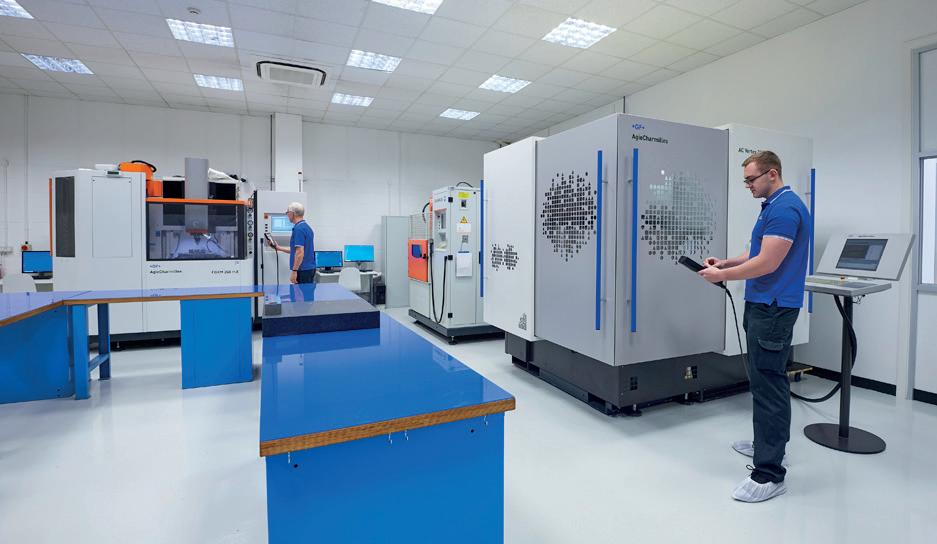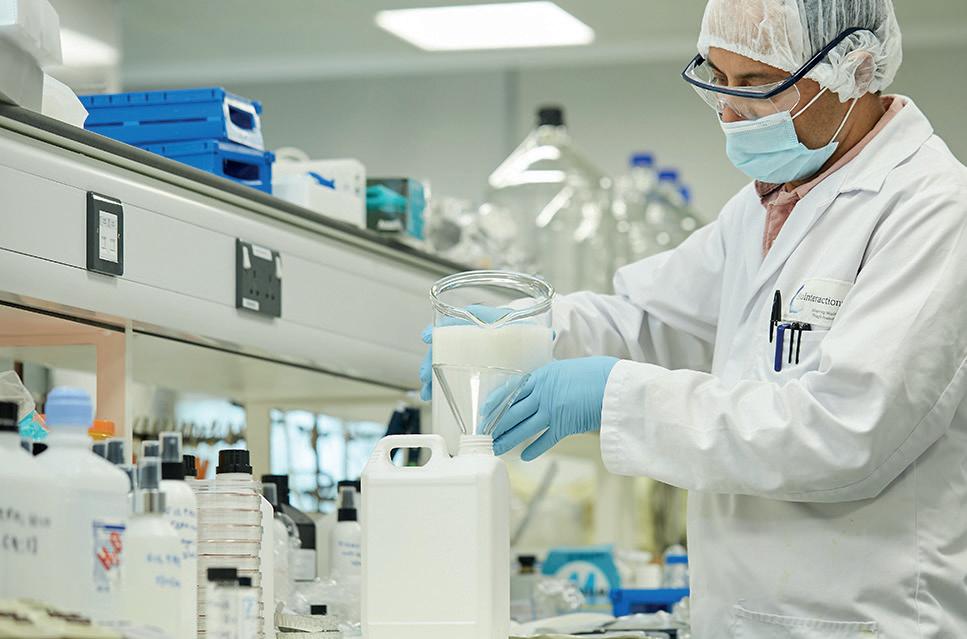
1 minute read
AI-Integrated today’s world
Regulatory Review
After developing, training, and testing your AI model, it’s time for regulatory review.
Navigating the regulatory landscape is not for the faint of heart and can be complex to navigate, particularly as different countries and regions have varying requirements. Familiarise yourself with the relevant regulatory bodies and their individual sets of guidelines and protocols.
Be prepared to provide comprehensive documentation, including detailed information about your AI model, its intended use, and the results of your testing and validation processes. This will allow the regulatory authorities to thoroughly assess your device. Make sure your documentation is thorough and easy to understand, as any discrepancies or shortcomings may lead to delays or even rejection of your application.
POST-MARKET MONITORING
Well, you’ve passed testing and gotten the regulatory greenlight. But the work doesn't end here. Once your device is out in the wild, you’ll still have to keep a close eye on its performance.
Continuously collect user feedback and real-world data to fine-tune your AI model. Be prepared to tackle any unexpected hiccups or anomalies as they arise. Keep abreast of any changes in legislation and ensure your AI-driven medical device always remains compliant.
Conclusion



Developing a successful AI-powered medical device involves a multistep process. From selecting the right algorithm and providing highquality data to testing the model and obtaining regulatory clearance, developers must ensure the device's efficacy and safety.

By remaining thorough and adapting to the ever-evolving clinical, technological, and regulatory landscape, developers can create innovative medical devices that revolutionise healthcare and improve patient outcomes.




















